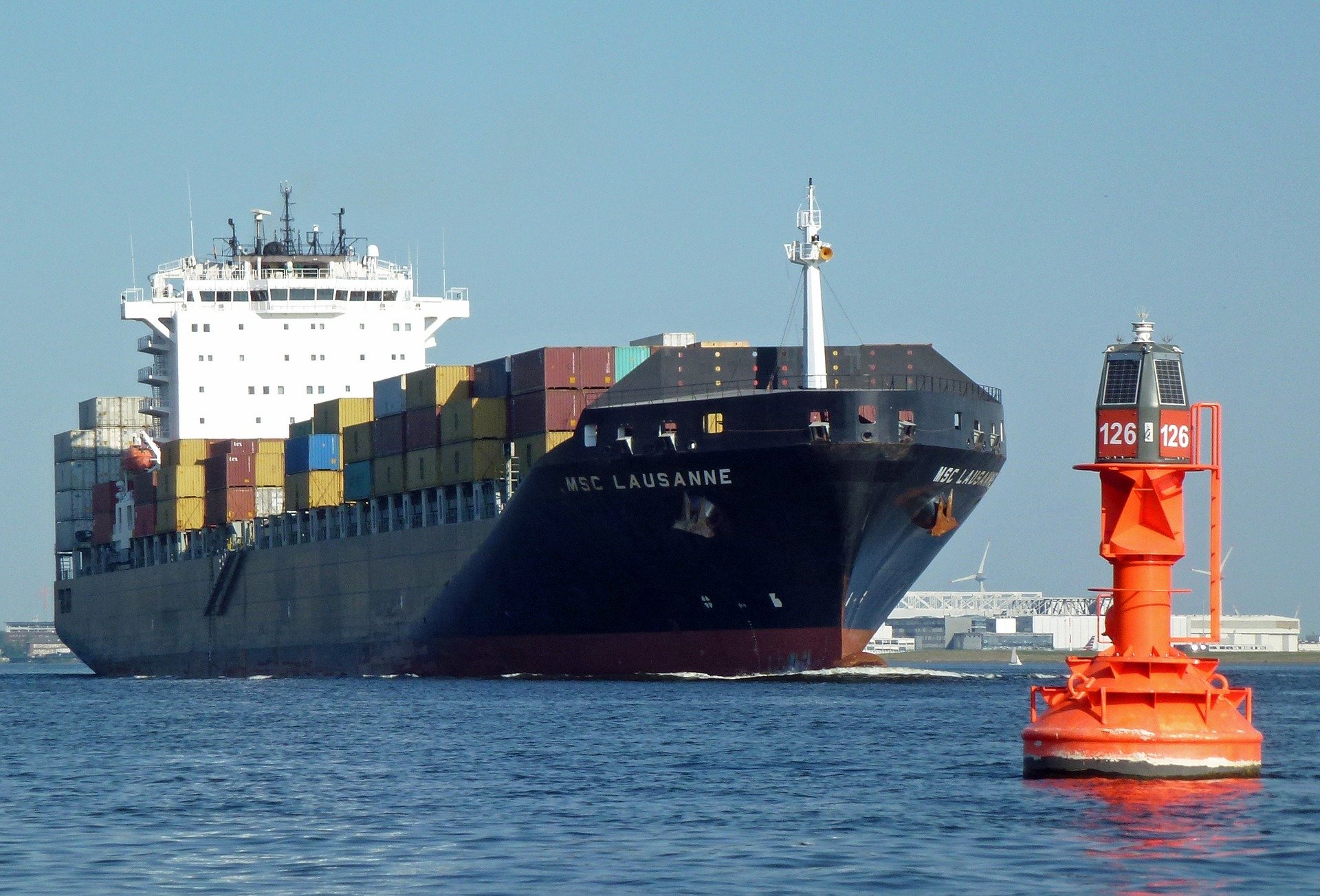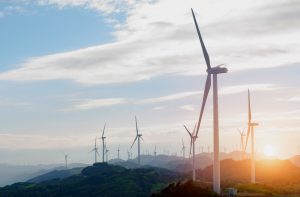It is 20 years since the UN’s International Maritime Organisation (IMO) was tasked with developing a plan to cut greenhouse gases (GHGs) from shipping. As a 2018 target to complete a strategy looms on the horizon, there are signs that China’s attitude has softened and that talks are coming out of the doldrums.
Shipping is the only sector without any internationally agreed strategy on how to tackle climate change after lengthy discussions in the aviation sector led to a deal in October 2016. The industry is already responsible for some 2% of global GHG emissions, and forecast to grow by 50-250% by the middle of the century, according to official IMO data.
Progress on talks at the IMO has been notoriously slow. In the 18 months since the Paris Agreement was signed, pressure on the shipping industry has increased as politicians have become frustrated that it has not caught up with the ambition of the climate deal. In particular, the European Parliament has said that if the IMO does not agree on carbon reduction plans by 2021, it will include shipping in the EU emissions trading system from 2023.
A relative breakthrough came last year when a ‘roadmap’ to a deal was agreed by the IMO. According to this, a draft strategy needs to be in place by 2018, including a vision of the industry’s ambition, and short, medium and long-term measures to achieve the goal. This will then be finalised by 2023, after a three year project to capture ship-level fuel use data, which starts in 2019.
Discussions on an outline plan for the strategy continued at the latest round of talks at the IMO’s Marine Environment Protection Committee (MEPC) meeting in London starting on Monday 3. NGOs and the so-called High Ambition Coalition, which comprises EU member states and South Pacific islands, called for delegates to speed up progress.
José Inácio Faria, a Portuguese MEP, said: “We want concrete measures, not the blah blah that comes out of these meetings. The IMO wants aspirational targets, we want concrete ones.”
Bas Eickhout, a green Dutch MEP, also attended the MEPC. He said: “We’re worried that we’ll only start to talk about targets in 2023, which is too late.” The coalition wants the IMO to adopt an overarching ambition of decarbonisation by 2050, and a sector-wide emissions cap.
China’s stance
Several delegates reported that China was more cooperative than it had been previously at discussions on GHGs from shipping. Moses Kouni Mose, an ambassador from the Solomon Islands, said that the dynamics of the debate were noticeably different.
“There’s a shift and a positive tone that wasn’t there before. China and India were previously on the other side, so having them on board is very good,” he said.
John Maggs, president of campaign group the Clean Shipping Coalition, said: “China didn’t say much in the plenary sessions, which is a good sign. They usually say something if they disagree and in the past they’ve been a block on progress.”
He cited the bedding in of the Paris Agreement and domestic pressure to clean up air pollution, which has led to the creation of emission control zones around certain coastal regions, as part of the reason behind China’s shift in stance.
However, not everyone was convinced that China had changed. Several countries, including Brazil, Saudi Arabia, China, India, Turkey and Nigeria submitted a paper to the IMO that opposed an absolute cap on emissions, arguing that this “would represent an undesirable hindrance for world trade and the development of all countries”.
It may also lead to increased emissions from other industries if transport shifted to more polluting forms of transport, such as aviation, they claimed.
Faig Abbasov, aviation and shipping officer at Brussels-based campaign group Transport and Environment, suspected China’s shyness at the MEPC might be evidence of it playing political games. “If Brazil is doing the dirty work, why should China look like the bad guy? China can play along with it, and just not say very much.”
China’s interest in shipping is great, with seven of the world’s top ten ports based there, according to data from trade body the World Shipping Council. This stake has grown significantly in recent years, as president Xi Jinping has been vying for China to become a maritime superpower.
Analysis by the Financial Times found that nearly two-thirds of the world’s top 50 container ports had some degree of Chinese investment by 2015, up from about one-fifth in 2010.
Talks to continue
The main outcome of the MEPC discussions on GHGs was consensus on a seven-step outline to be developed into the draft strategy. The 170 country members of the IMO agreed that the strategy would include an overarching vision and ambition, measures on how to achieve emissions reduction, research and development and periodic progress reviews.
A proposal calling for the shipping sector to adopt climate targets in line with the Paris Agreement and decarbonise by the second half of the century gained significant support, including from China, but failed to reach a consensus. A further setback was the failure to obtain political commitment to set a target for reducing emissions.
The MEPC is scheduled to meet twice more before next spring’s deadline for the draft strategy. Delegates expressed mixed opinions on whether a robust plan was realistic, but most believed that talks at the IMO had made relative progress.
“Eighteen months ago, it would have been impossible to imagine that there was widespread support for a vision to decarbonise by the second half of the century. This is significant,” Maggs said.









